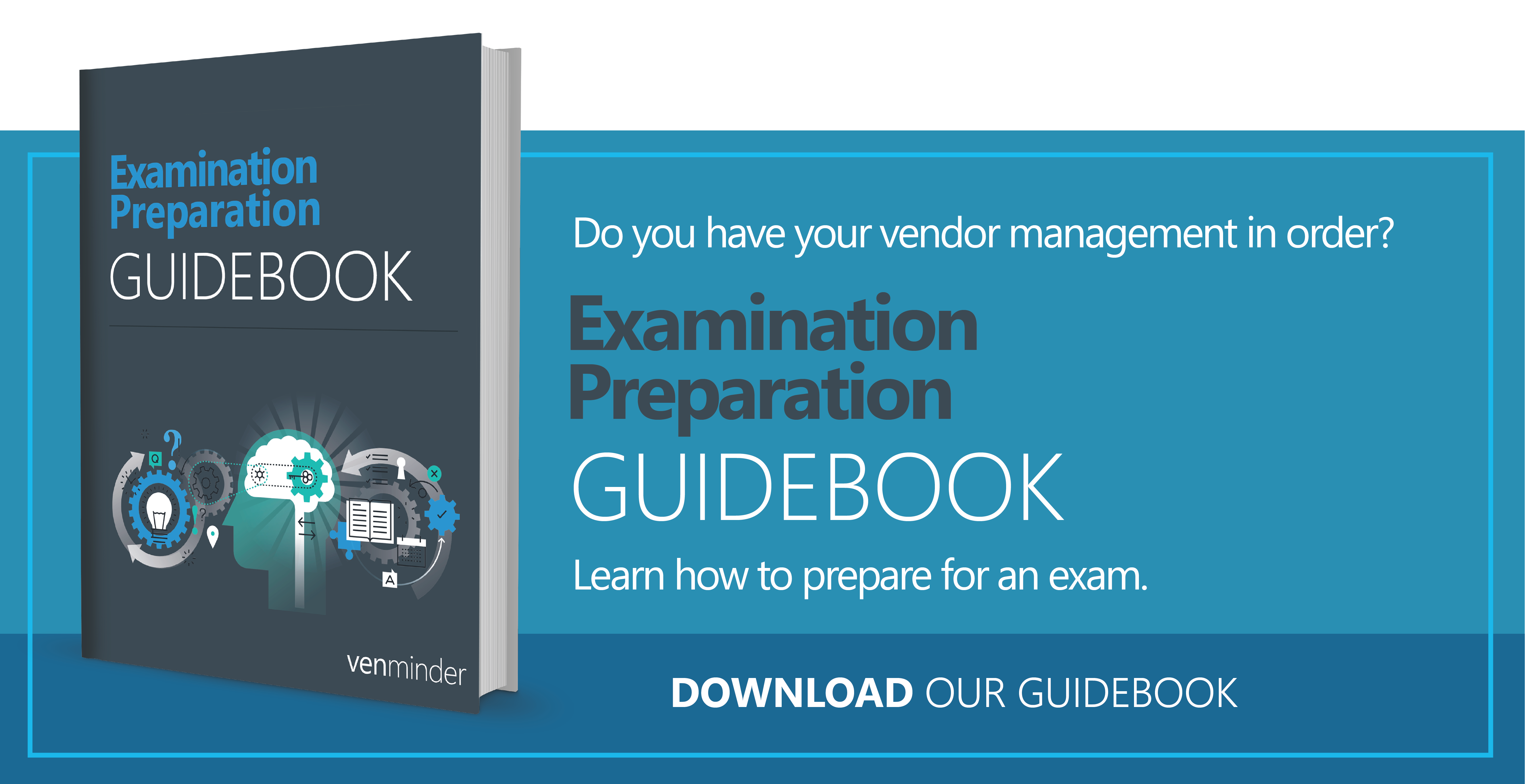Banks, credit unions and non-bank lenders have all been audited in some fashion by state or federal regulators during their lifetime. In recent years, the CFPB (Consumer Financial Protection Bureau) has increased its scrutiny on a financial institution's vendor management program...and with good cause, too.
Changes In Risk
There's been increased threats to cybersecurity, consumer financial protection regulations and UDAAP violations outsourcing functions where borrowers NPPI data shared is a minefield of ticking time bombs. The phrase "ignorance is bliss" (until something goes wrong) is an excuse that most examiners may raise an eyebrow at.
For the non-bank lender, burdened by ever-increasing compliance regulatory requirements, the topic of vendor management may seem like yet another task that they have to fulfill in order to operate. However, by using common sense, a lender can take what it has learned from the regulatory examination process and build upon it to develop an efficient internal vendor management program including ongoing monitoring and annual audit functions.
Developing a Vendor Oversight Program
The first tip is in the name...CFPB... The emphasis is on the first 3 words - CONSUMER FINANCIAL PROTECTION. Trust me on this, there isn't a federal bureau focused on LENDER FINANCIAL PROTECTION. The point here is that the CFPB's number one focus is the financial well-being of the consumer entering into a transaction.
Therefore, when developing a vendor oversight program, the lender should really keep the consumer front and center.
Vendor Management Exam Tips for Mortgage Based Off of CFPB
Let's look at the CFPB Examination outline which is published here.
We see that as part of the examination notification process, it's standard practice to request documentation from the lender. In the vendor management space, replace Lender with Vendor and follow the same logic. Here's some important tips to remember:
- Documentation requests will help in the initial off-site review of information which will cover key areas of concern: Contract, Financial Health, Disaster Recovery, Business Continuity, Operational Overview, Regulatory Compliance, Cybersecurity and Information Security.
- Audit meetings may require advance planning to coordinate with key personnel. Advance preparation will be well received by the vendor and will help in your audit preparation. There's a lot of planning with multiple SME's having to coordinate their busy schedules to meet with the Vendor Audit Manager. Vendor audit requests are common so the initial review of documentation can help streamline the onsite face to face interviews that are conducted.
- Upon completion and initial findings are identified, it is timely to perform an initial exit interview. This serves to provide constructive feedback to the vendor and advise on any corrective action which may need to be addressed. It's vital that any MRA's (Matters Requiring Attention) are addressed and followed up and checked against in a satisfactory timeframe.
- A strong vendor management program will also outline the reporting structure of the overall vendor oversight hierarchy. Remember, vendor oversight's role is not to own the risk but to identify it and report back. The ownership and, ultimately, the acceptance of risk falls squarely at the board level of the organization.
- Moving forward, the vendor management office may perform continuous monitoring depending on the risk classification of the various types of vendor. This helps give you a consistent oversight practice of the vendor versus checking back in on an annual basis.
In summary, by following the CFPB's own guidance on their examination procedure, a financial institution will be able to develop and implement a consistent and compliant approach to third party oversight.
Interested in more examination preparation resources? Check out our eBook.


















